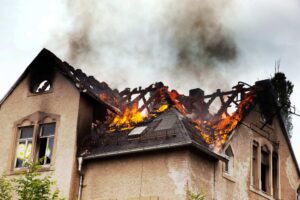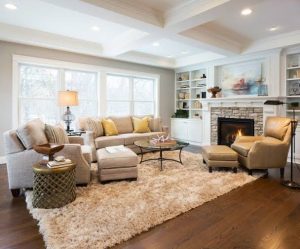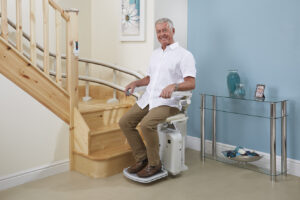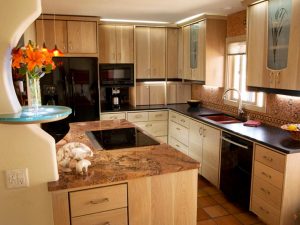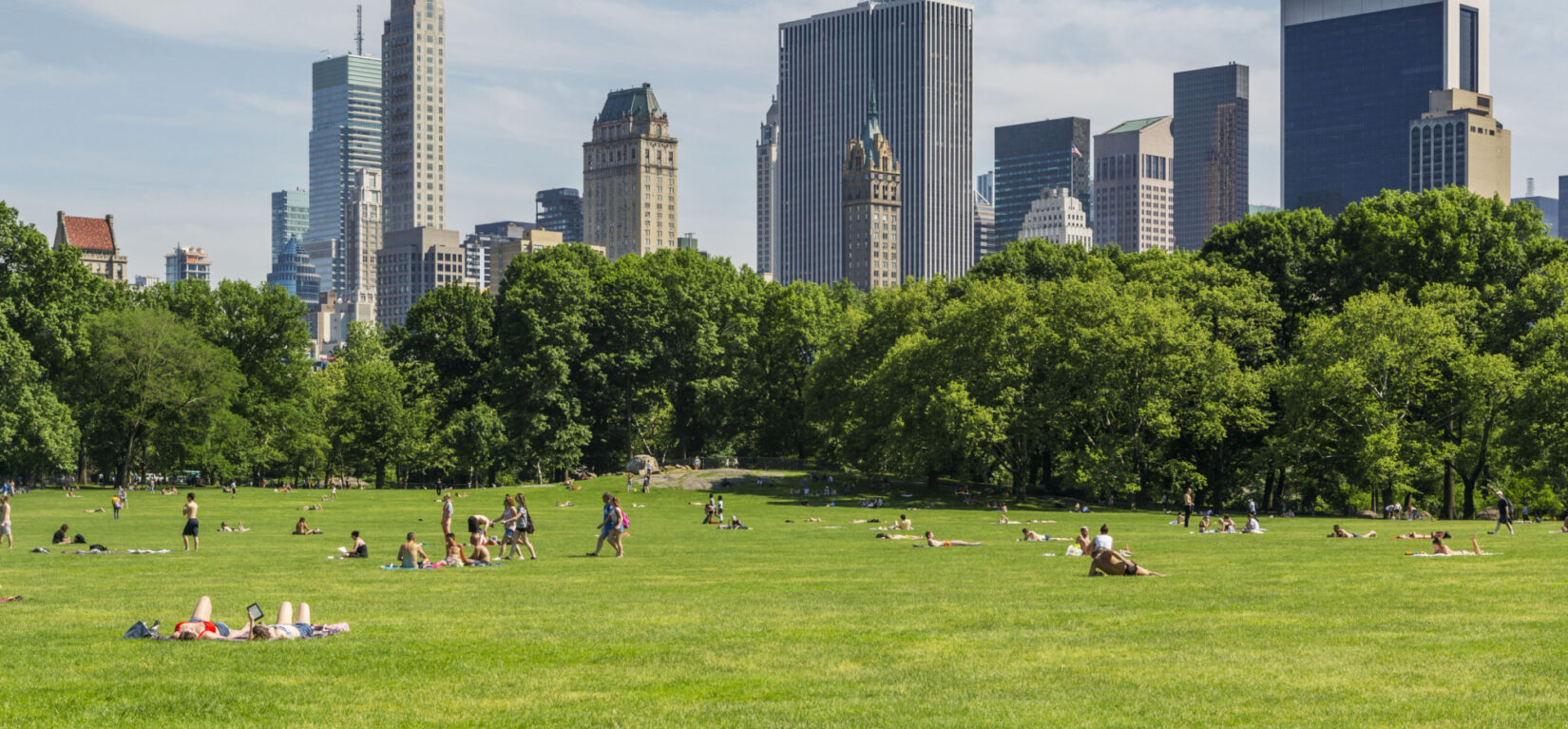
Public parks and recreational areas serve as the green heart of urban environments, providing a natural oasis for residents and visitors alike. Sod installation plays a pivotal role in these settings, offering immediate aesthetic improvement and environmental benefits. Unlike seeding, which takes time to grow, sod provides an instant carpet of green, transforming barren plots into lush, inviting landscapes.
In urban areas, particularly in Irving, TX, the use of sod in public parks and recreational areas can significantly enhance the community’s quality of life. It creates a more appealing and welcoming environment, encouraging outdoor activities and social gatherings. Moreover, sod installation contributes to the reduction of soil erosion and improves air and water quality by filtering pollutants and trapping dust particles.
The strategic implementation of sod in public spaces not only beautifies the landscape but also helps in maintaining the ecological balance. It offers a habitat for various species of wildlife and supports biodiversity. Furthermore, the cooling effect of lush, green sod areas can mitigate the urban heat island effect, leading to cooler urban environments and reduced energy consumption in surrounding buildings.
Sod Selection and Adaptation
Choosing the right type of sod for public parks and recreational areas is crucial for its success and longevity. The selection process should consider the local climate, soil conditions, and intended use of the area. In Irving, TX, for instance, sod varieties that are drought-resistant and can thrive in the local climate are preferred to ensure sustainability and reduce maintenance needs.
The adaptability of the sod to the specific conditions of the installation site is vital. It must be able to withstand high foot traffic, especially in recreational areas where activities are frequent. Additionally, the chosen sod should be resistant to local pests and diseases to maintain its health and green appearance without excessive use of chemical treatments.
Proper sod adaptation involves acclimatizing the sod to its new environment, ensuring it bonds well with the soil, and establishing a robust root system. This process is critical for the sod to withstand environmental stresses and remain durable and vibrant over time. Regular monitoring and maintenance in the initial stages after installation are essential to address any issues that may arise and ensure the sod’s successful establishment.
Installation and Maintenance Best Practices
Effective sod installation requires meticulous preparation and execution. The site must be adequately prepared, involving the removal of old vegetation, leveling of the ground, and enhancement of soil fertility to ensure the sod’s healthy growth. Employing professionals for sod installation in Irving, TX, can ensure that these tasks are carried out efficiently and effectively, laying the foundation for a successful sod establishment.
Maintenance is a continuous process that begins immediately after installation. It includes watering, mowing, fertilization, and pest control to ensure the sod remains healthy and vibrant. In the early stages, particular attention should be given to watering practices to facilitate root growth and sod establishment. Over time, a well-maintained sodded area can become more resilient and require less intensive care.
Regular maintenance not only preserves the aesthetic appeal of the sod but also extends its lifespan, making it a cost-effective solution for public parks and recreational areas. Community involvement in the maintenance process can foster a sense of ownership and pride among the residents, enhancing the overall success of the sod installation project.
Environmental Impact of Sod in Urban Areas
The installation of sod in urban parks and recreational spaces carries significant environmental implications that extend beyond their immediate aesthetic appeal. By covering bare soil, sod reduces dust in the air and mitigates soil erosion, a common issue in urban landscapes. This ground cover plays a crucial role in controlling erosion by anchoring the soil with its roots, which also helps in the absorption of rainwater, reducing runoff and the potential for flooding.
Sod acts as a natural air purifier in urban environments, where air quality can be a concern due to vehicle emissions and industrial pollutants. The grass in the sod absorbs carbon dioxide and releases oxygen, contributing to cleaner air. This exchange is vital for improving urban air quality and promoting a healthier environment for city dwellers.
Moreover, sod surfaces contribute to cooling urban areas, addressing the heat island effect often experienced in cities with minimal green spaces. The natural process of evapotranspiration, where plants release water vapor into the air, helps cool the surrounding environment, making sod-covered areas significantly cooler than asphalt or concrete surfaces. This cooling effect can lead to reduced energy consumption in nearby buildings, as less air conditioning is needed to maintain comfortable indoor temperatures.
Economic Considerations of Sod Installation
Investing in sod installation for public parks and recreational areas has long-term economic benefits for communities. Initially, the cost of sod installation might seem high compared to seeding, but sod offers an immediate solution that establishes a mature lawn quickly. This rapid establishment reduces the time and resources needed for lawn development and maintenance, making sod a cost-effective option in the long run.
Sod installation can also increase property values in the surrounding areas. Well-maintained parks and recreational spaces make neighborhoods more attractive, encouraging real estate investment and boosting local economies. Additionally, green spaces can attract tourists and visitors, especially in cities like Irving, TX, where public parks and recreational areas are valued for their beauty and recreational opportunities.
Maintenance costs for sod are predictable and can be efficiently managed with proper planning. The durability and resilience of well-established sod reduce the need for frequent repairs or replacements, leading to lower maintenance costs over time. Investing in quality sod and professional installation can result in a sustainable and economically viable green space that benefits the community for years to come.
In conclusion, sod installation in public parks and recreational areas offers numerous benefits, from enhancing aesthetic appeal and environmental quality to providing economic advantages and fostering community engagement. By carefully selecting sod types, ensuring professional installation, and implementing effective maintenance practices, public spaces can be transformed into thriving green areas that enhance urban life and promote ecological balance.

